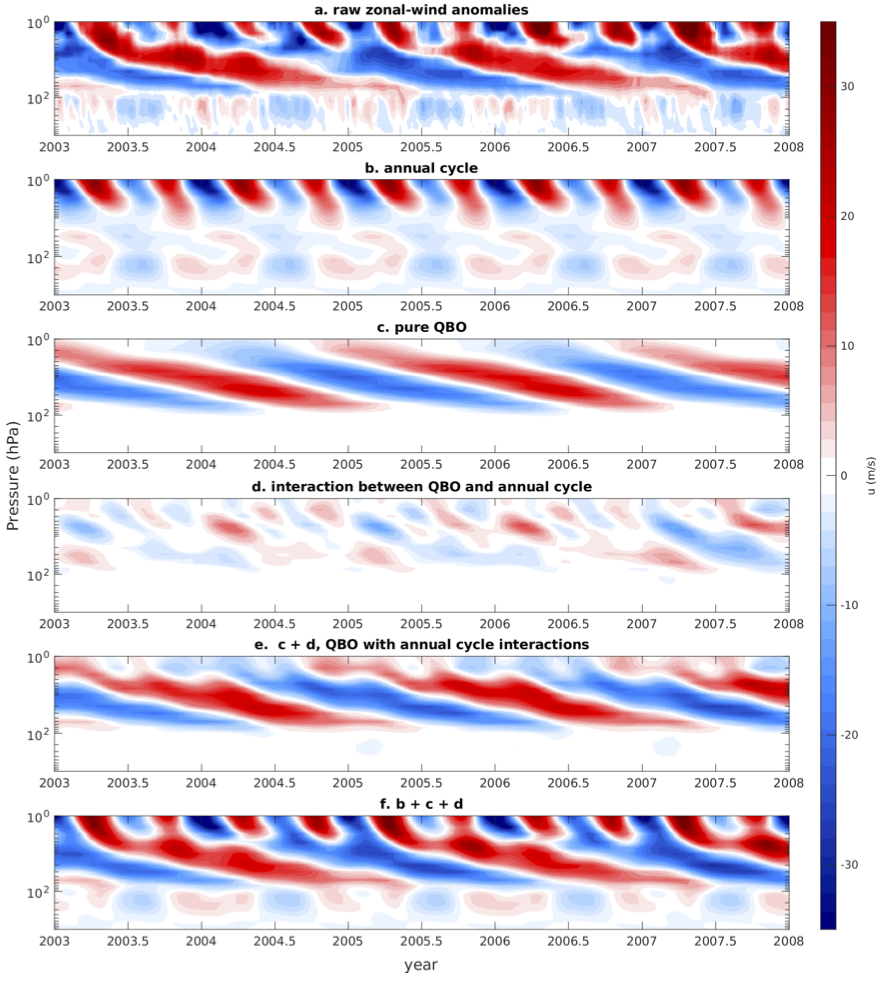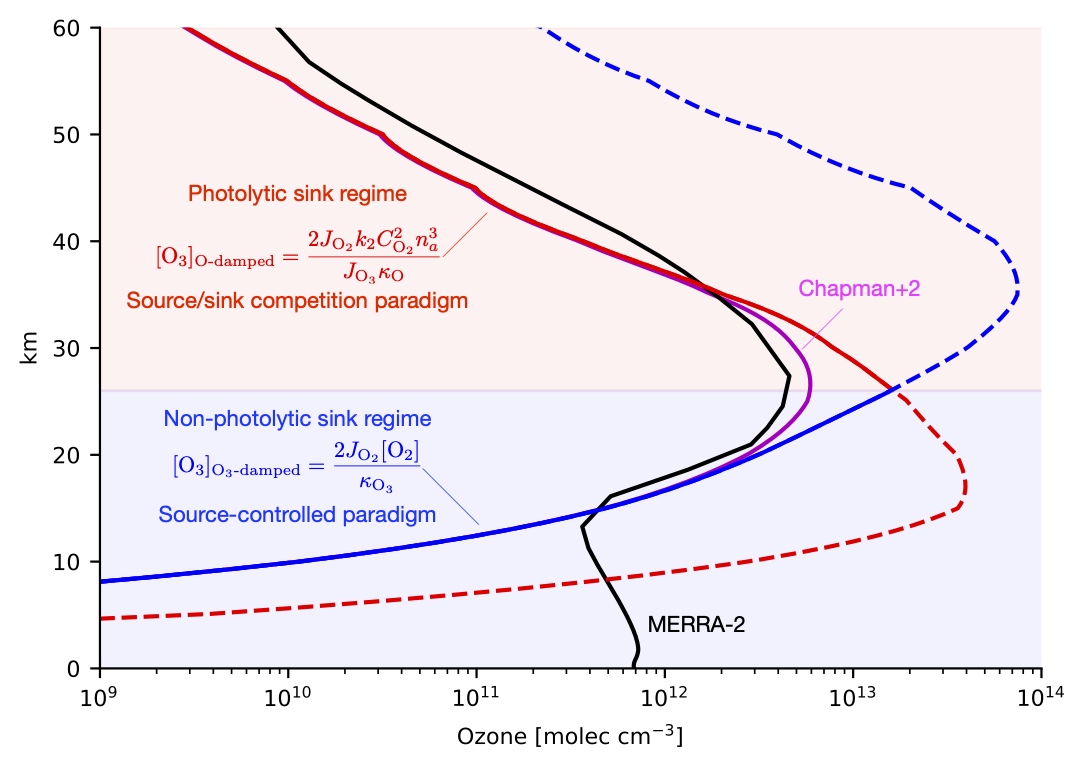Stressed out jet streams!
Published:
Xingjian (Ken) Yan, a precocious undergraduate (now bound for a PhD at MIT) working with Lei Wang and I just submitted a paper exploring the utility of the traffic jam theory of blocking onset for perdiction to Geophysical Research Letters. Ken defined and explored “flux exceedance events”, meteorological situations where the jet stream gets overloaded with storm activity. Nakamura and Huang suggested that this overloaded jet situation creates a pile up storm activity – a traffic jam – leading to blocking events. Ken found that the climatological structure of exceedance events is remarkably similar to that of blocks, but that they appear to be distinct phenomenon: an overloaded jet stream is unfortunately not a reliable harbinger of an atmospheric block.

As we put it in the plain language summary, an atmospheric block is a large, high pressure weather pattern that blocks the jet stream, affecting many regions in the midlatitudes including North America and Europe. Blocks are notable for their persistence, driving extreme weather conditions for up to a week or longer. Despite their significant societal impact, we don’t fully understand the mechanism(s) that generate blocks. A traffic jam theory was proposed, which suggested that the onset of a block is caused by having too much “storm activity flux”, which leads to a pile up of storm activity, just as a traffic jam is precipitated by conditions where the vehicular flux exceeding the road capacity, blocking traffic. We find that this analogy is useful for understanding the preferred locations of atmospheric blocks in the time mean sense, but is not predictive in terms of individual blocking events. We further propose to incorporate additional regional constraints on flux capacity, analogous to “traffic bottlenecks”, to improve our understanding of preferred blocking locations.
Graduate students Valentina Castaneda Amaya and Ka Ying Ho contributed to the study as well!




